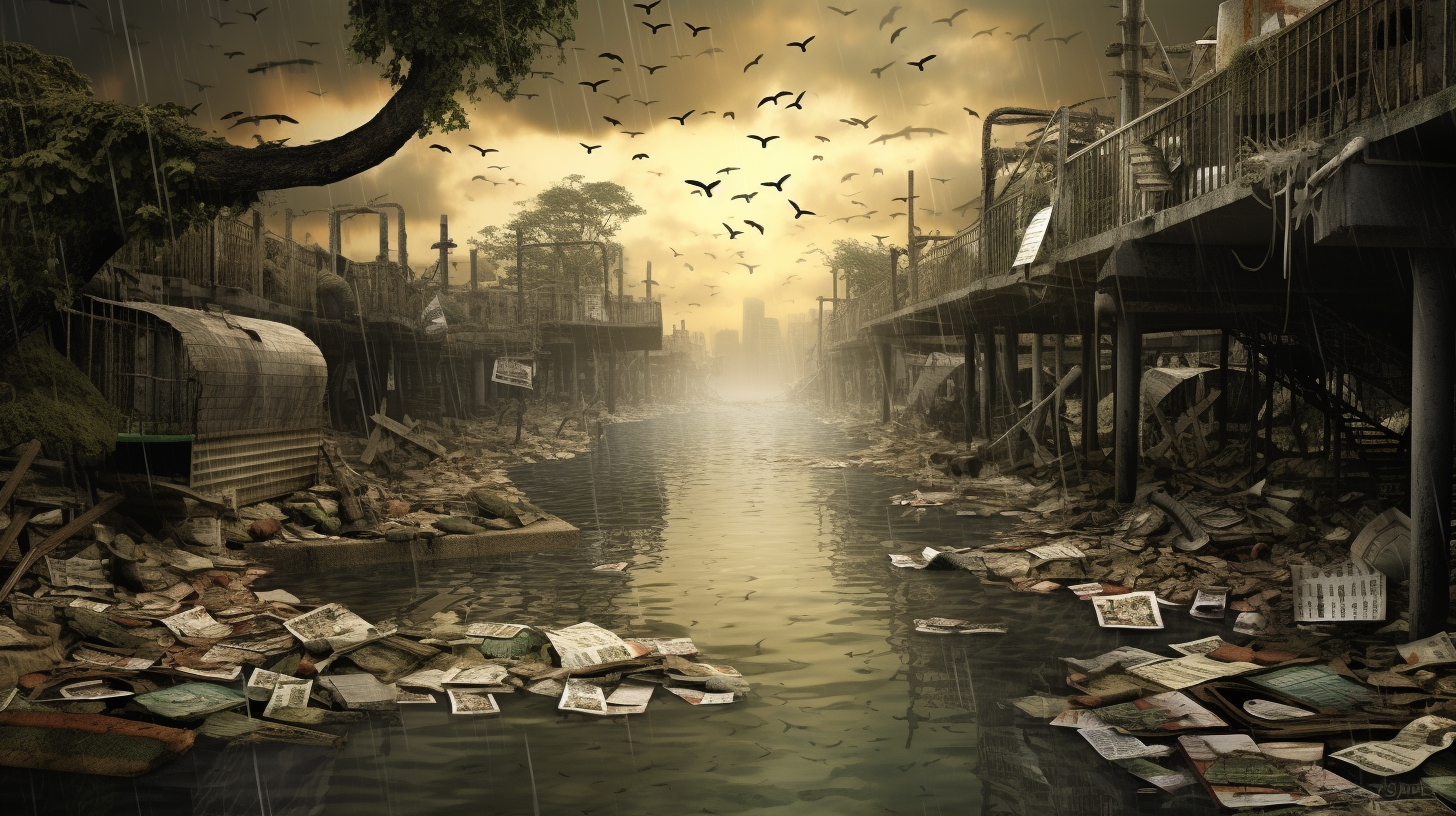In a landscape ravaged by relentless climate chaos, a new beacon of hope—or perhaps delusion—has emerged in the form of Eco Havens. These architectural aspirations, sculpted with sustainability in mind, promise a lifeboat in the rising seas of environmental catastrophe. But as our world teeters on the brink, the question looms: Are these havens really humanity’s last refuge, or merely a mirage of false hope?
Eco Havens, sometimes dubbed ‘green utopias’, are not just homes, but self-contained ecosystems. Each is a fusion of state-of-the-art technology, ecological design, and a dash of wishful thinking. Picture this: buildings with walls that breathe, rooftop gardens amidst high-rise apartments, and energy that flows as seamlessly as a leaf falling to the ground.
At first glance, the idyllic vision is intoxicating. Architects and developers peddle these havens as the panacea to our planetary plights. Live here, and you’re not just surviving; you’re thriving, with a minimal carbon footprint!
They proclaim. But scratch beneath the surface, and the sheen may begin to tarnish. For every successful project, there’s another that’s succumbed to traditional pitfalls—cost overruns, technological failures, or simply becoming another playground for the elite, far removed from the common populace.
Take the ambitious ‘New Eden Project’, nestled in the verdant lap of what used to be prime agricultural land. Its creators envisioned a community that could sustain itself with vertical farms and recycled water. The promise was a bastion against the global food shortages—the reality, however, is a guided tour destination, its organic produce far too pricey for those outside its diamond-encrusted dome.
Then there’s the ‘Aeolus Valley’, a sprawling complex of wind-powered residences that was supposed to redefine clean energy living. But those brave enough to settle there find themselves battling a constant hum—the soundtrack of their eco-conscious lifestyle battering against the psychological walls of human tolerance.
But let’s not dismiss these ambitious endeavors outright. There are flickers of success within the fog of failure that must not escape our notice. Communities like ‘Solaris Cove’ have managed to halve their energy consumption using cooperative solar grids. They’ve demonstrated that with collective will, a concerted return to the basics of conservation and sustainable living, small havens can make real strides.
Amid the applause and skepticism, a thread of unease remains woven through our conscience. Is it right to retreat into these enclaves of ecological elitism,
some ask, when the world outside the bio-dome continues to wither?
Environmentalists argue the true solution lies in broad-scale systemic change, not select, isolated bubbles of green living.
On the global stage of public opinion, Eco Havens have catapulted a dialogue that’s both necessary and contentious. The discourse surrounding them pits idealistic innovation against practical realities. Can these oases of sustainability withstand the storms of market forces, social inequity, and ecological collapse? Or are they destined to become contemporary arks—solemn testaments to a crisis forewarned but insufficiently heeded?
As the sun sets on another year of record-breaking temperatures and natural calamities, Eco Havens stand at the crossroads of intention and actuality. Their stories—an eclectic blend of hopes, triumphs, and cautionary tales—are the ink of a narrative still being written.
In conclusion, while Eco Havens flash a sign of promise to a civilization in distress, their true efficacy remains hidden beneath layers of green-washed idealism. They beckon us with the allure of deliverance, but if the global community does not rally to address the root causes of ecological decline, we may all find ourselves chasing a mirage in an ever-expanding desert of our own making.
